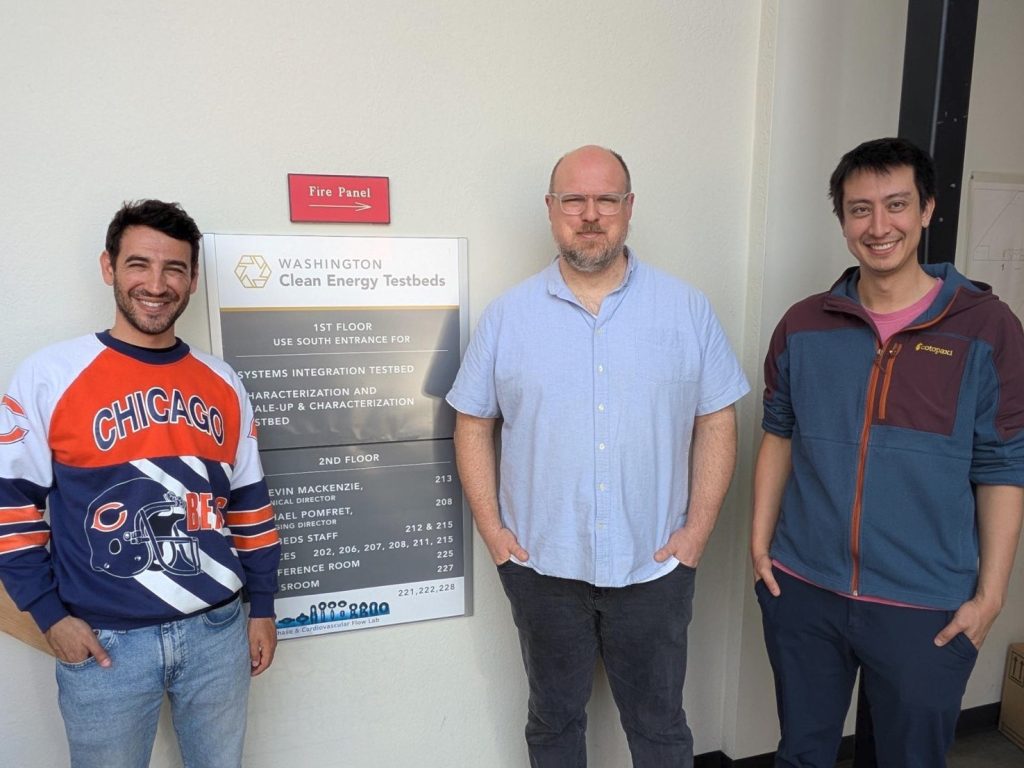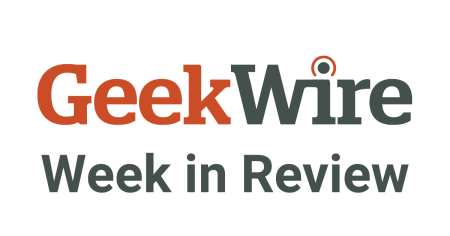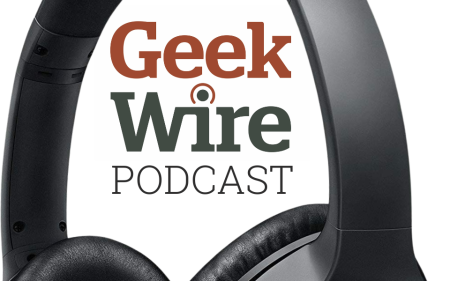Sodium-Ion Batteries: The Underdog That Could Revolutionize Energy Storage
In a landscape dominated by lithium-ion battery technology, a new Seattle-based startup is taking a decidedly different approach. Emerald Battery Labs, founded in March 2025, is betting that sodium – one of the most abundant elements on Earth – could be the key to a more sustainable and cost-effective energy storage future. While lithium continues to capture headlines and investment dollars, Emerald’s founders believe sodium’s accessibility, price advantages, and superior safety profile make it an ideal candidate to power everything from electrical grids to e-bikes. The company’s founders, a trio of industry veterans with deep experience in battery technologies, are developing innovative materials aimed at solving sodium-ion’s biggest challenge: its lower energy density compared to lithium-ion alternatives.
Emerald’s strategy centers on improving the “hard carbon” materials used in sodium battery anodes, with plans to develop composite anode products similar to advancements that have propelled lithium-ion technology forward. One of sodium’s most compelling advantages is its manufacturing compatibility – the same production lines currently used for lithium-ion batteries can be repurposed for sodium-ion batteries, potentially reducing transition costs for manufacturers. This compatibility hasn’t gone unnoticed, with companies in China and South Korea already beginning to shift some production capacity toward sodium-ion technology. Emerald’s Chief Product Officer David Bell has made it clear that the company’s mission extends beyond simply offering an alternative; they aim to “make the highest performing sodium-ion battery on the market” by tackling the energy density limitations that have historically kept sodium from competing directly with lithium in certain applications.
The market potential for improved sodium-ion batteries spans numerous growing sectors. Grid-scale energy storage represents a particularly promising application, where utilities need reliable, affordable battery systems to pair with renewable energy sources like wind and solar. Data centers, which require both immediate backup power and longer-term energy storage solutions, present another significant opportunity. The consumer product market – including power tools, electric scooters, bikes, and automotive starter batteries – could also benefit from sodium-ion technology’s longer lifespan and enhanced safety profile. Perhaps most intriguing is Emerald’s focus on military defense applications, where reliable, domestically-sourced battery materials offer strategic advantages beyond just technical performance.
Emerald Battery Labs is developing its technology from Seattle, leveraging resources from the University of Washington including CoMotion Labs and the Washington Clean Energy Testbeds. The startup joins a growing regional battery innovation hub that includes successful companies like Group14 Technologies, Ecellix, and Sila. This regional concentration of expertise provides both competitive inspiration and collaborative opportunities. The founding team brings extensive industry experience: CEO Kjell Schroder holds a doctoral degree with research focus on silicon anodes and has led engineering at Form Energy and other battery innovators; David Bell previously led product management at Group14 Technologies, which has raised over $1 billion for its silicon anode materials; and COO Aric Stocks brings materials engineering expertise and global business development experience from Group14 and T-Mobile.
Despite its promising technology and experienced leadership, Emerald faces significant challenges. The battery sector has proven treacherous even for well-funded startups – sodium-ion battery maker Natron recently shut down despite having $25 million in orders, and Washington-based OneD Battery Sciences folded last summer despite its innovative lithium-ion technology. The current political climate adds additional uncertainty, with many U.S. clean energy incentives potentially being unwound by the incoming Trump administration. Emerald also faces competition from other sodium-ion innovators like Peak Energy, Nanode Battery Technologies, and Unigrid, though Bell contends these competitors are pursuing more costly approaches to improving performance. To navigate the capital-intensive nature of materials manufacturing, Emerald is strategically seeking partnerships with existing battery manufacturers rather than attempting to build production facilities independently.
For now, Emerald Battery Labs remains bootstrapped, with supplemental funding from university partnerships that help support student employees. The team is intensely focused on developing prototype products for potential partners in the defense and transportation sectors. This stage represents the critical proving ground where Emerald’s technical innovations must demonstrate their practical value. “We’re every day getting closer and closer to our minimum viable product,” Bell explains, emphasizing the company’s practical focus on creating solutions that customers will actually want to purchase. In an industry known for both breakthrough innovations and spectacular failures, Emerald’s bet on sodium represents a fascinating alternative path – one that might just unlock a more sustainable, accessible future for energy storage if the team can successfully overcome the technical and market challenges ahead of them.















